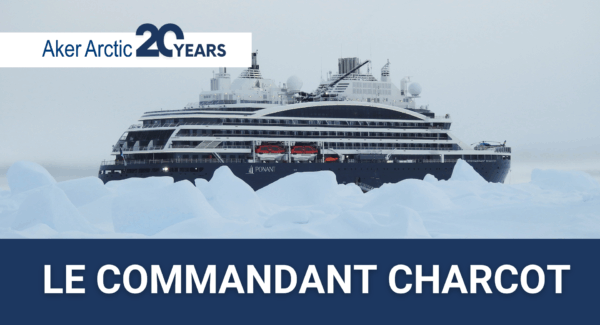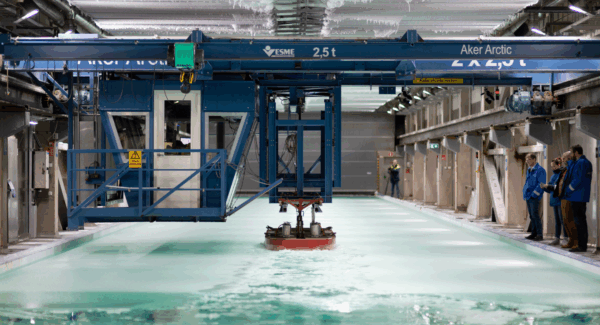R&D guides ship design and operations
Aker Arctic has a strong focus on Research & Development, particularly from a winter navigation perspective. The primary goal is to support reliable winter navigation in the Baltic Sea and ensure the security of supply.
Aker Arctic’s research work encompasses a wide range of activities, including research to support authorities, confidential projects for customers, internal development initiatives, and collaborative projects with universities and research institutes. Additionally, the company offers multiple master’s thesis research opportunities to university students every year.
“Research and development are extremely important for us, as they ensure we remain at the forefront of our field and continuously implement new ideas to improve operations in ice,” says Head of Sales and Marketing Arto Uuskallio.
Research supports authorities
Over the past decade, many of Aker Arctic’s public research activities have focused on the Energy Efficiency Design Index (EEDI) -related aspects in winter navigation, the impact of brash ice channels on vessel resistance, and structural improvements in vessel hull design. These efforts have been part of either the EU-funded WINMOS (Winter Navigation Motorways of the Sea) initiative, or the Finnish-Swedish Winter Navigation Research Board.
WINMOS III aims to modernise the maritime winter navigation system and safeguard icebreaking resources in the EU’s northernmost waters in a cost-efficient and environmentally sustainable way. By ensuring sufficient icebreaking capacity, winter traffic becomes predictable, an essential factor for imports and exports.
“In all essence, icebreaking and commercial vessel assistance are crucial to Finland to ensure that products reach our shops and that industries can deliver their goods to the market,” notes Uuskallio.
Finnish-Swedish cooperation
The Winter Navigation Research Board, a Finnish-Swedish cooperation established in 1972, is funded by the maritime administrations of both countries. It oversees a joint winter navigation research programme aimed at developing and improving services and technologies that enhance the winter navigation system in the Baltic Sea and Gulf of Bothnia. A key outcome is the development and ongoing refinement of the joint Finnish-Swedish Ice Class Rules (FSICR) for merchant ships.
“Research supports authorities’ decision-making and helps to determine the types of vessels needed. Understanding operations in ice is essential for designing suitable ships,” Uuskallio highlights.
Examples of research projects
HULLFEM allows alternative hull structures
A few years ago, Structural Engineer Ville Valtonen led a group investigating excessively heavy primary structures in ship designs. The group developed a new, robust and simple-to-use assessment methodology and acceptance criteria by using the finite element method (FEM), showing that a nonlinear analysis provides better insight into the behaviours of a structure, giving designers the tools to reduce weight while simultaneously improving safety.
Valtonen has continued to develop the tools as an alternative methodology for structural dimensioning for the FSICR. This development has been funded by the Winter Navigation Research Board under a series of projects called HULLFEM. The Finnish Transport and Communications Agency is now looking forward to applying the new standard, which classification societies have evaluated during the development, into the FSICR.
“We have been at the forefront of developing this methodology, which classification societies have been involved in,” Valtonen says. “For shipyards, this will allow more freedom to try new, innovative ways to construct vessels, while ensuring that safety persists.”
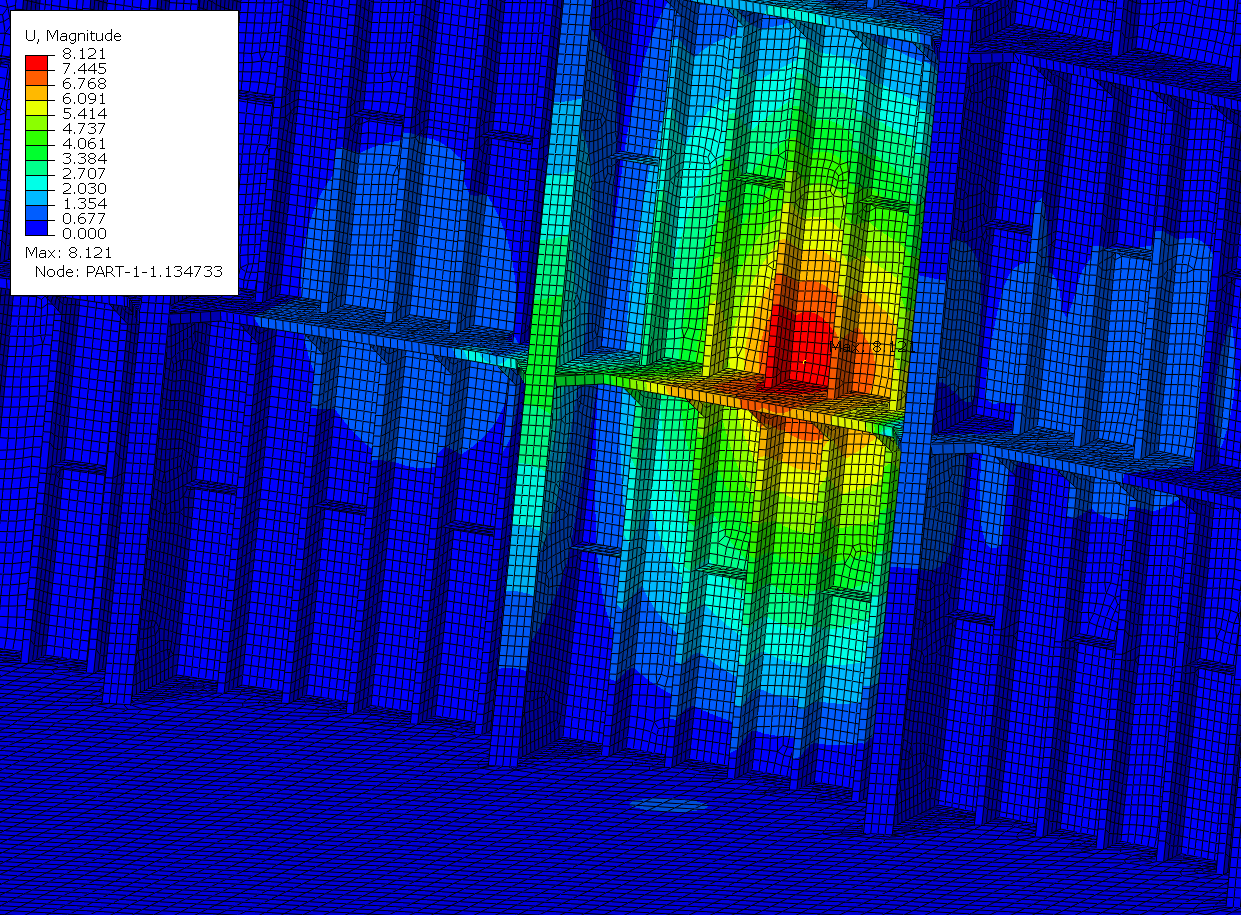
Read more about the process of developing the new assessment methodology and criteria in the news article: Aker Arctic has finished work on the new hull rules for the Finnish-Swedish Ice Class Rules
Environmental efficiency research prepares for future ice navigation
Development Engineer Teemu Heinonen has researched how the Energy Efficency Design Index (EEDI), introduced by the International Maritime Organisation (IMO), has affected winter navigation on the northern Baltic Sea and how the new merchant vessels built in compliance with EEDI perform in ice conditions in the Baltic Sea.
His previous work highlighted how the power-to-deadweight ratios of the ice-classed merchant vessel fleet have diminished and how this has affected their need for icebreaker assistance. In addition, the bow shapes of the current fleet are often highly optimised for open-water operation, significantly limiting the vessels’ ability to operate independently in ice and increasing their need for icebreaker assistance.
The current research for the Finnish Transport and Communications Agency focused on the functionality and applicability of the EEDI ice class power correction factors, which are based on data from 2006 to 2016. As EEDI phases are tightening, the research concluded that the applicability of the current power correction factors for future EEDI phases is limited, which would further reduce the ice-going capability of the ice-classed fleet. Therefore, alternative methods to compose the ice class power correction factors were investigated and new correction factors were proposed in the research.
“Through our research, we support authorities in making informed decisions about future icebreaking needs and optimising their fleet,” Heinonen says.
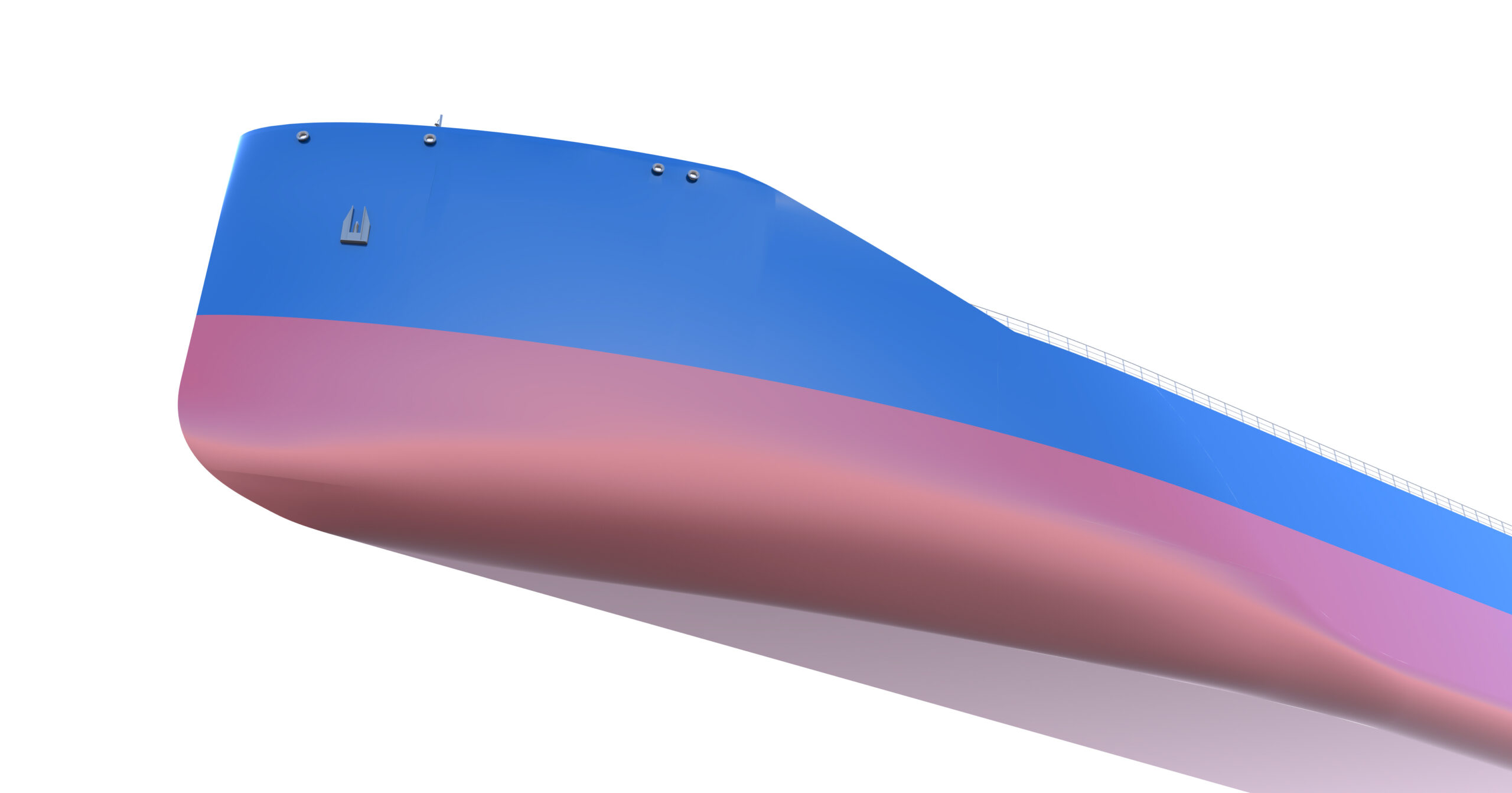
Brash ice channel research introduces changes to ice classification
Senior Research Engineer Riikka Matala, has been investigating winter navigation in brash ice channels since 2018 through both full-scale and model-scale tests. Her research culminated in a doctoral thesis at Aalto University School of Engineering in 2023.
Merchant vessels can obtain ice classifications specified in the FSICR through model-scale testing in ice. In the Baltic Sea, these ice classes are applied during the winter season to establish traffic limitations, ensuring safety in ice navigation.
Recent environmental regulations have led to changes in the merchant fleet, introducing new hull shapes to meet compliance requirements. However, previously used model-testing approaches could be improved for modern bow forms, as they resulted in unrealistic minimum engine powers.
Through her research, Matala proposed a new approach for conducting model-scale tests in an unconsolidated brash ice channel. This method has now been successfully applied in ice model testing for a client to apply for ice classification. The authorities have started the process of integrating the method into the FSICR.
“We aim for a situation where the ice capabilities of merchant ships with any bow shape align with their ice class as expected. This is crucial for an efficient and reliable winter navigation system, as it relies on the assumption that every ice class corresponds to specific performance capabilities in ice,” Matala says.
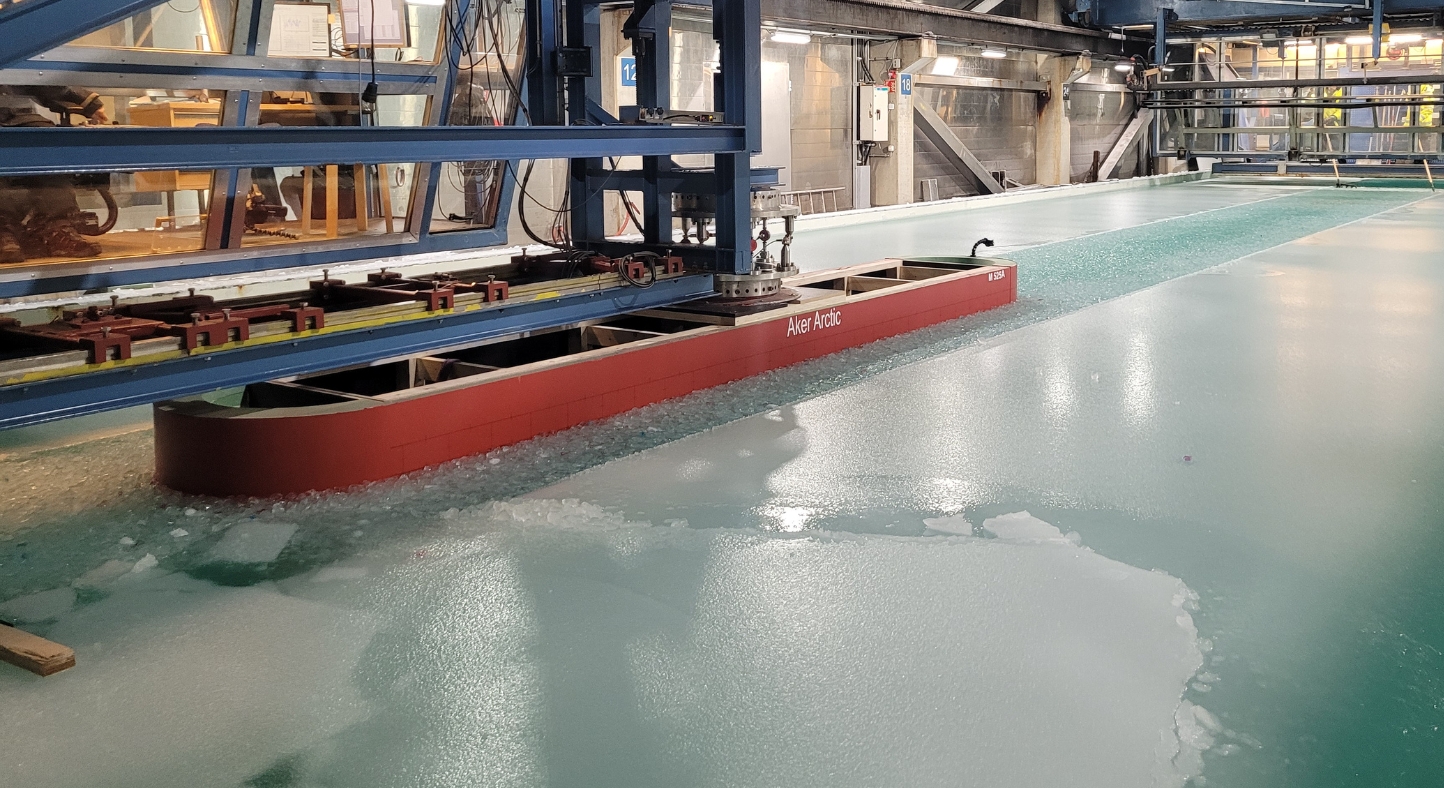
Chief Inspector Ville Häyrynen from the Finnish Transport and Communications Agency comments:
“The maintenance and enhancement of the winter navigation system and its related components is a long-term undertaking that maritime authorities have managed for decades. I hope that our recent joint development projects with Aker Arctic will add value to the entire system. Looking ahead, it would be beneficial to continue leveraging the expertise of leading maritime professionals in the further development of winter navigation.”
Text: Catarina Stewen
